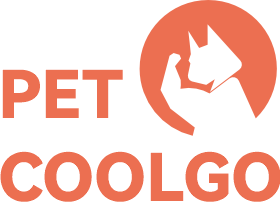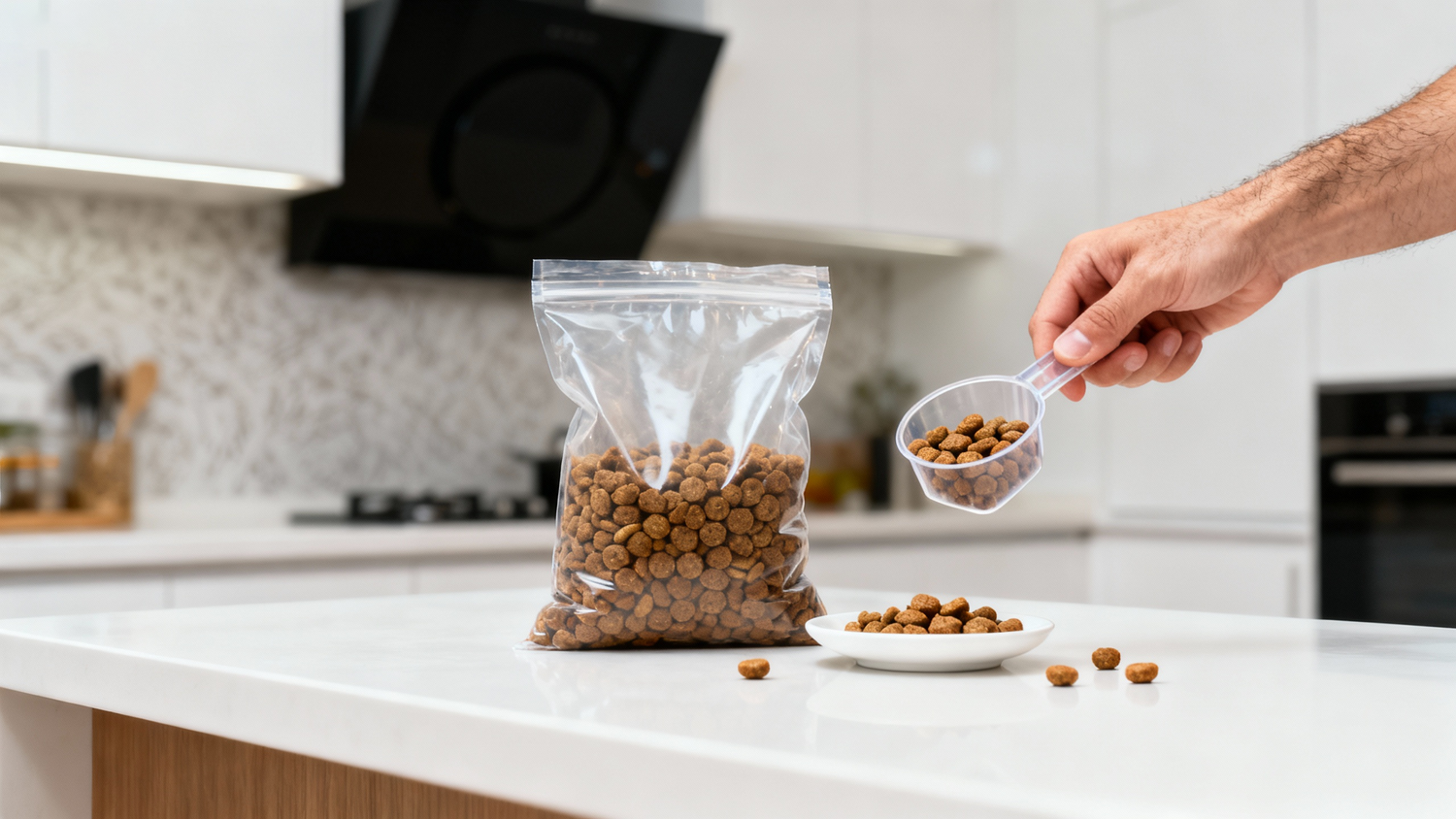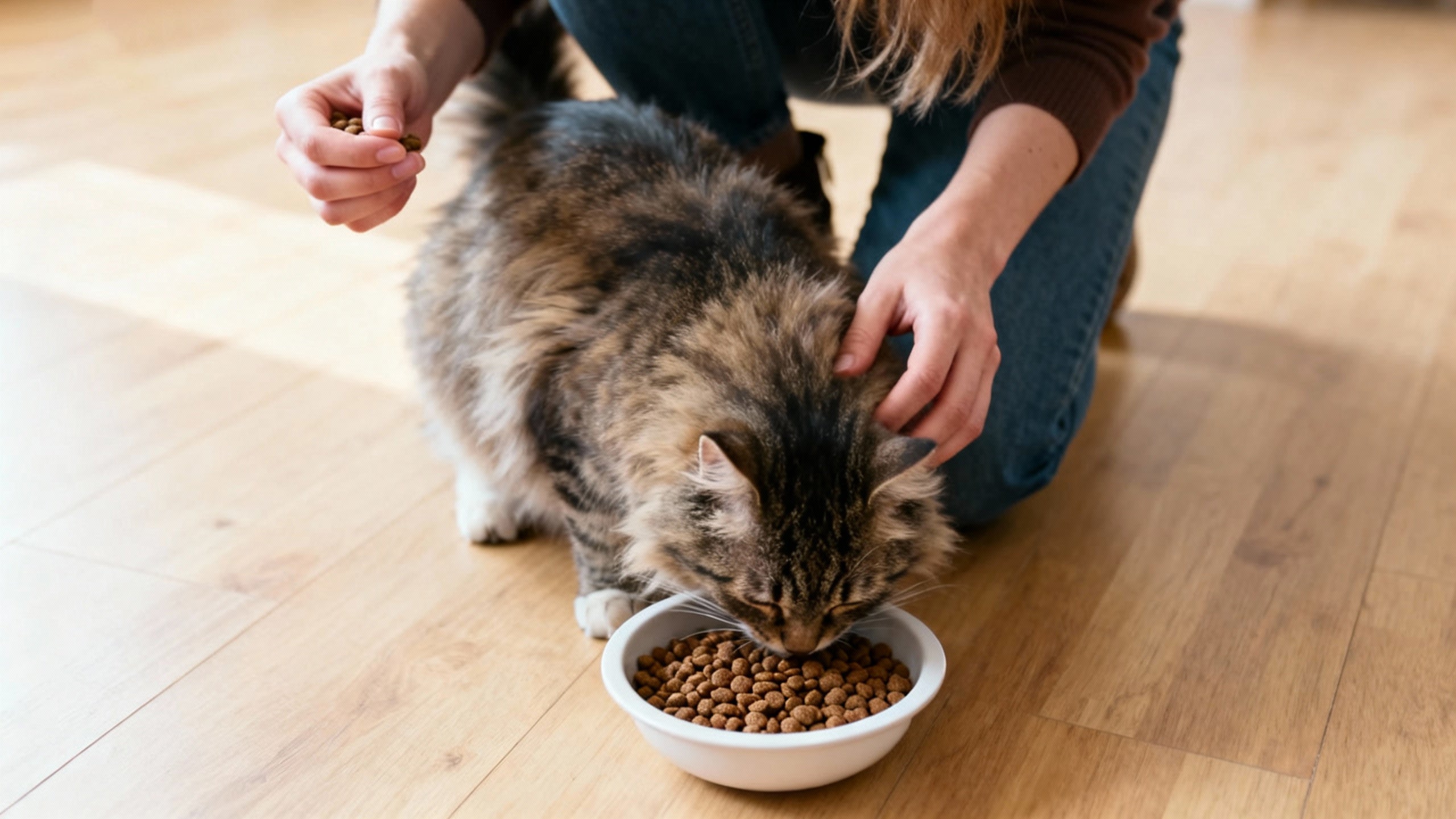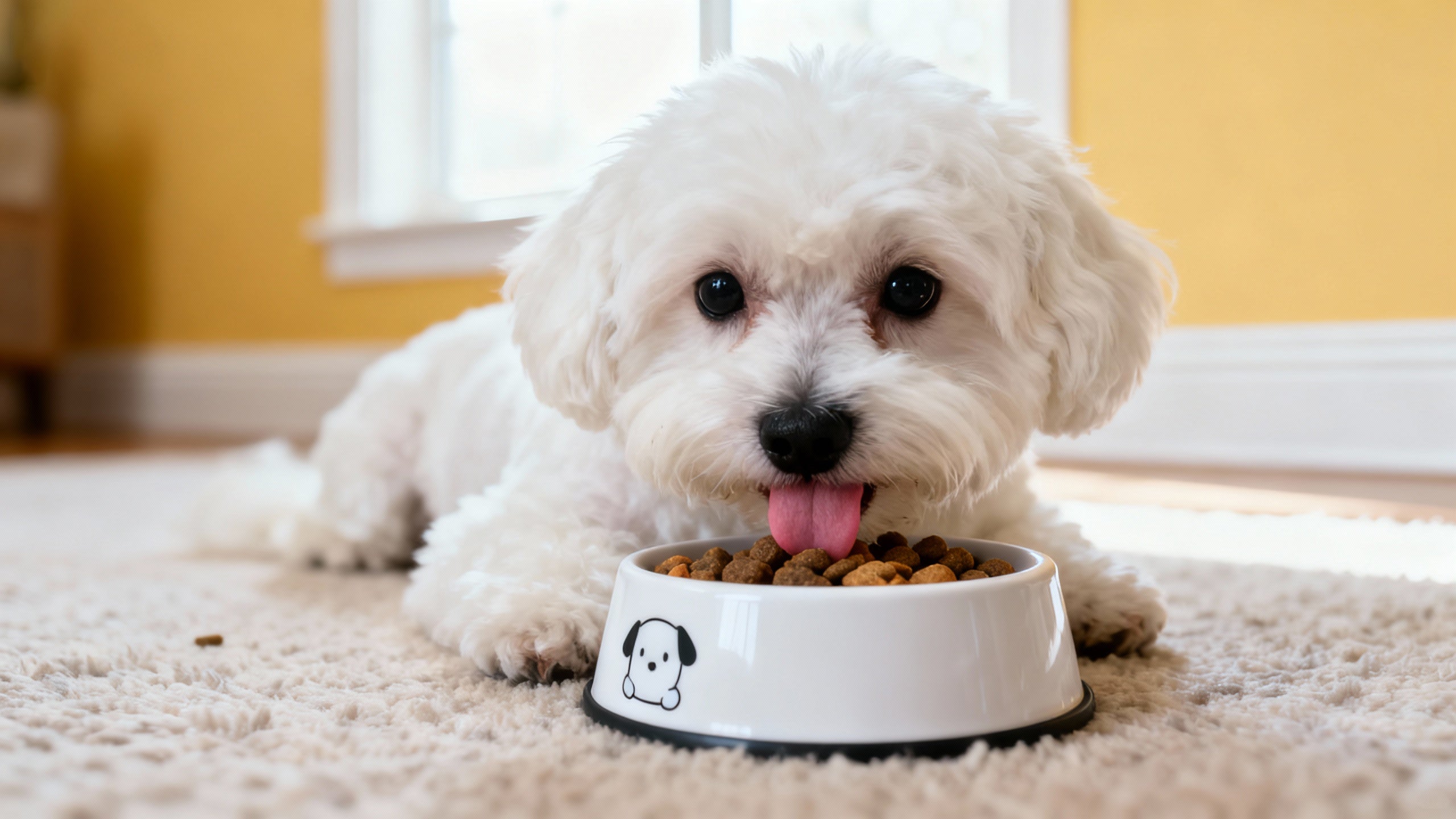Deciding how much to feed a dog is one of the most important responsibilities of a dog owner. Overfeeding, even healthy dog food, leads to obesity, which is linked to a range of health conditions. If you look at dog food packages, there are feeding charts, but these are just guidelines; each dog has its own particular nutritional needs.
Determining the perfect portion demands consideration of a dog's very specific age, size, activity level, and health status. This guide will make the process simpler by helping you calculate the right portions for your pet.

Read the Food Label First
The most easily accessible guide to determine your dog's portions is on the back of the package of the healthy dog food you bought. These charts show recommended daily amounts according to the weight of a dog. These, nonetheless, are general guidelines based on average adult dogs with normal activity levels. You will have to treat the figures as estimates and be prepared to adjust them based on your dog's metabolism.
Key Data to Locate on the Label
The food label packaging provides information for other key elements, other than the size of the cup, which are the calorie densities. You need to find the calories, for example, Kcal/cup. With this information, you are able to compute the calories you are taking for the purposes of satisfying the expected goals through portioning if you are switching meals.
The charts are provided to help guide the cup size based upon weight guidelines, such as 3-12 lbs, 36-75 lbs, for example. To serve the adult dog, the daily ration should be split into two meals, one in the morning and another in the evening.
Your Dog's Estimated Daily Needs
| Freeze-Dried Raw | Nutrient-dense. A smaller portion provides more energy. Always rehydrate with water! |
| Traditional Kibble | Has a lower calorie density, so a larger volume is needed. |
Adjust for Individual Factors
A balanced weight results from equal measures of energy in and energy out through activity. Since the dog label provides an estimate for the typical dog, personal characteristics of your dog must be considered such as the dog’s development stage and levels of exercise.
Adjusting by Life Stage
- Puppies: Growing puppies consume far more calories than adult dogs; up to two to three times as much for the same weight. They also need to be fed at a much shorter interval than adult dogs; about three to four times a day up to the puppy’s six-month milestone.
- Adult Dogs: Caloric requirements are constant, based entirely upon weight and activity rate. The norm is two meals daily.
- Senior Dogs (Senior Dogs): Older dogs have lower calorie needs because of their slower metabolism and diminished activity level. Yet, their diet should retain a medium protein content to avoid losing muscle mass. The requirements for senior dog diets differ based on the dog’s size, as larger dog breeds are classified as seniors sooner.
Adjusting by Activity Level
A dog's exercise intensity plays a crucial role in calculating caloric requirements. Highly active or working dogs may need up to 20-40% more calories to meet their high energy demands. Conversely, sedentary dogs that spend most of their time indoors with short walks may need 10-20% fewer calories than average. Overfeeding an inactive pet quickly leads to weight gain.
Precision Feeding: Using Veterinary Formulas
To achieve the most precise portion control, particularly for weight-conscious pets, the estimated calorie requirement may be calculated using additional equations for such purposes. In fact, the information given in the packaging would be less precise compared to the above equations.
Calculating Resting Energy Requirement (RER)
Veterinarians rely on the RER formula to estimate the dog’s energy requirements for vital functions while at rest. The most precise formula is: RER (kcal/day) = 70*(Body Weight in kg)0.75.
While the formula RER = 30*(BW kg) + 70 is often used for medium-sized dogs (between 2 and 45 kg), the power-based formula is more accurate, especially for very small or very large dogs.
Calculating Daily Energy Requirement (DER)
Once the RER is established, you multiply it by a coefficient factor based on the dog's life stage and activity level to determine the Daily Energy Requirement (DER). For example, an average neutered adult dog requires about 1.6 times their RER. This precise DER number is then divided by the caloric density of your healthy dog food to find the exact daily cup amount.
Feeding by Size: Considerations for Breed and Kibble
A size category needs The dog’s size will affect the dog food type and technique used for feeding the dog. Kibbles’ size influences both the dog’s comfort and dental health.
For Large Dogs
Large and giant breeds, which are prone to specific joint issues, benefit from formulas that support bone and joint health. These breeds have different growth requirements as puppies and are generally considered senior earlier (around 7-8 years) than smaller breeds. Their portion sizes are significantly larger, often exceeding four cups per day for very large dogs.
For Small Dogs
Small breeds require more calories per pound of body weight than large breeds due to their faster metabolism. They may need more frequent small feedings, particularly as puppies, to maintain blood sugar levels. Small dog foods are usually characterized by small kibbles since small dog mouths are small.
PetCoolGo GoPower™ Dog Dry Food – 36% High Protein For Active Adult Dog | Chicken & Duck | 4lb / 11lb
Size: 4lb
Accurate Measurement is Key
No matter the size of the dog’s breed, precision always comes first. You always measure the dog’s food by using a dry measuring cup and not a plastic scoop or coffee cup at random. To strictly monitor the dog’s weight loss process, you measure the dog’s kibbles in grams using the kitchen scale for the most precise measurement for portion control purposes. Additionally, establishing an eating time frame (15 to 30 minutes) should be observed, then remove the dog’s food if not consumed yet. If your dog consistently refuses to eat, exploring tips for picky eaters can be very helpful.
Monitoring and Fine-Tuning Portions
Because every calculation for dog feeding is approximate, it’s essential to monitor your dog’s physical condition on a regular basis. You must be able to feel the dog’s ribs without having to press hard, and the ribs should not be visible.
When viewed from above, your dog should have a visible, defined waistline. When viewed from the side, their abdomen should tuck up slightly behind the rib cage. If your dog is gaining or losing unwanted weight, adjust their daily portions by 10% at a time. Monitor the results over two to three weeks before making further changes. Remember to factor in all treats and table scraps, which should account for no more than 10% of their total daily caloric intake.

Consulting Your Veterinarian
Finding the right feeding amount is a dynamic, lifelong process that adjusts with your dog’s changes in health and activity. While charts and formulas are excellent starting points, your veterinarian is the ultimate expert on canine nutrition. Always consult your vet to rule out underlying health concerns, determine your dog's ideal weight, and select the healthy dog food that perfectly matches their needs at every stage of life. Your vet can also help diagnose issues like a sensitive stomach that may affect feeding choices.





Leave a comment
All comments are moderated before being published.
This site is protected by hCaptcha and the hCaptcha Privacy Policy and Terms of Service apply.